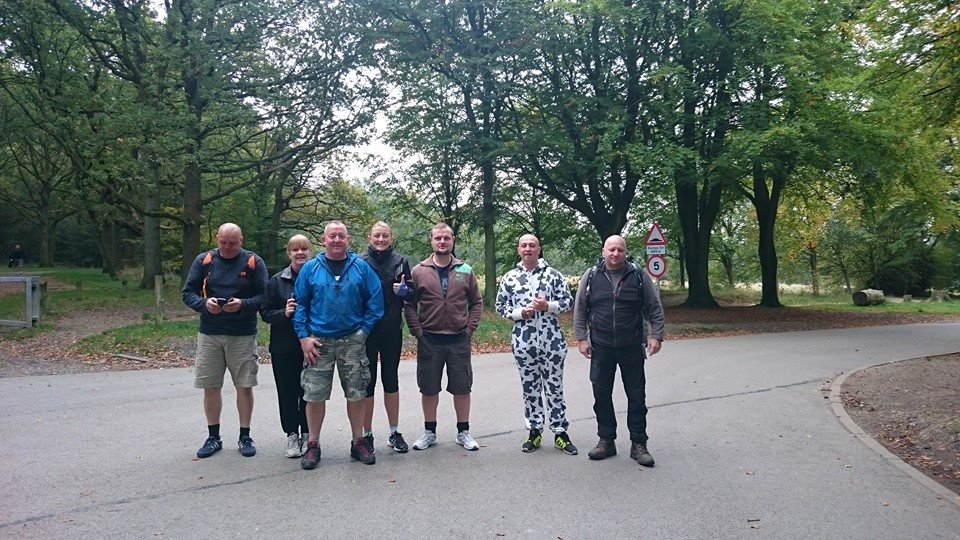BUS is delighted to announce that two new exciting research projects are to be funded via the joint small grants mechanism whereby funds raised by Birdshot Uveitis Society supporters are matched by Fight for Sight. Each award has a value of £15,000. These projects have just been through the rigorous Fight for Sight selection process and Fight for Sight will monitor progress closely for us. Our grateful thanks go to BUS fundraisers who are helping to make this research possible.
Westcott and colleagues: Surveillance study of incidence of birdshot chorioretinopathy
SUMMARY
How many people in the UK receive a diagnosis of birdshot uveitis each year? Mr Mark Westcott and colleagues at Moorfields Eye Hospital, London, are going to do a two-year study to try to find the answer to this question.
The researchers will use an already-established UK ophthalmological reporting system to contact UK clinicians who see uveitis patients, asking them to report all new cases of birdshot uveitis to the study team. The reporting clinicians will then be asked to complete a detailed questionnaire for the researchers. Analysis of the questionnaire results will generate profiles of newly-diagnosed patients which will be examined for any patterns in findings or in the geographical distribution of cases. The researchers believe that their study will give the first proper information of the incidence (i.e “new diagnosis rate”) of birdshot uveitis in the UK. In fact, this will be a first worldwide. Data collected in the study may also generate further lines of research.
Clinical details requested in the study questionnaires will include the results of the various traditional eye examinations and tests recorded when each of the study patients was diagnosed with birdshot. The research team will ask for other information so that they can investigate some of the suspected risk factors for birdshot. This will include noting any medical conditions the study patients may already have when they were diagnosed, what medications they take, and looking for any regional variations in where new birdshot cases are discovered in the UK.
This study will enable the researchers to characterise the demographics and clinical features of all newly diagnosed birdshot patients in the UK, and derive the incidence of this rare disease. This will be a useful benchmark for future studies.
Denniston and colleagues: extended use of optical coherence tomography (OCT) to assess disease activity in birdshot chorioretinopathy
SUMMARY
One of the problems in treating birdshot uveitis is the difficulty of measuring current disease activity. Electrodiagnostic testing – the electroretinogram (ERG) – is commonly regarded as the gold standard for measuring disease activity in birdshot. However, an ERG is an uncomfortable, time-consuming procedure which is not available in all eye centres.
A team of researchers in UK and US, headed by Mr Alastair Denniston at Queen Elizabeth Hospital, Birmingham, is to carry out a small study using two newer forms of optical coherence tomography (OCT) scanning to measure disease activity, rather than using OCT simply to measure disease damage. The researchers hope that this new use of OCT scanning will not only enable birdshot treatments to be more accurately targeted to individual patients, but that it will also help to speed up the diagnosis of birdshot relapses, meaning that they can be treated promptly.
A total of 45 patients will be recruited for the study: 30 by Mr Denniston in Birmingham and 15 by Professor Jay Duker at the medical retina clinic, New England Eye Center, Boston, Massachusetts. All the study patients will receive their usual care, including standard OCT scans. In addition, the UK study patients will receive wide-angle Spectralis OCT scans and the US patients vertical cavity surface emitting laser (VCSEL) OCT scans to measure their birdshot activity. New software will perform automated analyses of the study OCT results and track how these alter over time. The changes recorded on the two different types of study OCT scans will be examined to see how they correlate with patients’ other test results, including ERGs. This should enable the researchers to identify which measurements from the OCT study scans should be used in a larger study to evaluate this technique further.
At present, the lack of reliable and widely available methods to assess birdshot activity and guide treatment decisions can result in overtreatment or undertreatment of birdshot. Not being able to measure disease activity accurately has also hindered the development and trialling of new birdshot treatments. We hope that this pioneering work with OCT scanning will help change this.


